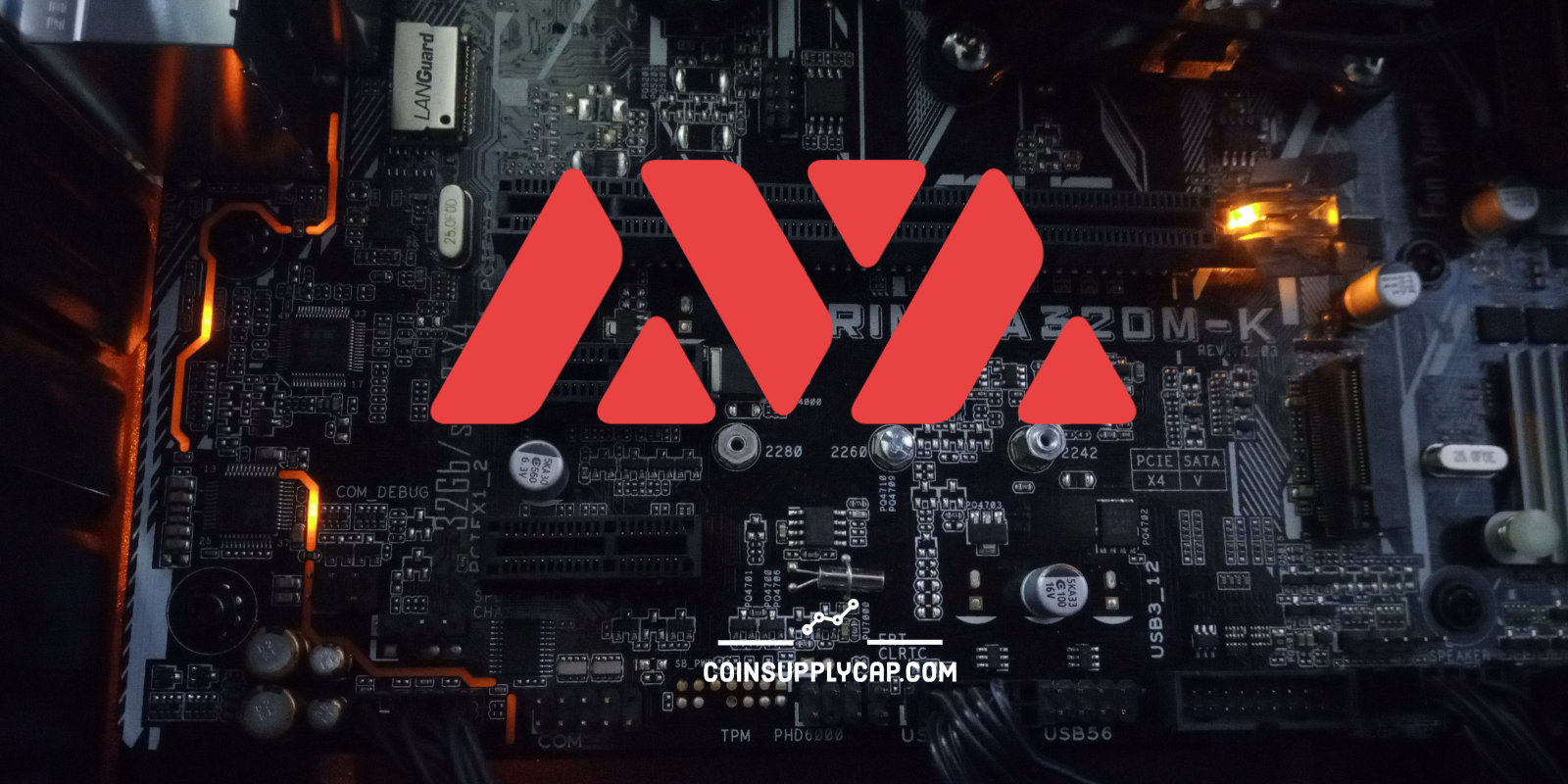


In this article, we will discuss the difference between “Proof of Work” (PoW) and “Proof of Coverage” (PoC). We will talk about each in particular and after learning about them, will assess the differences between them.
What is Proof of Work?
“Proof of Work” (PoW), just as “Proof of Stake” (PoS) and “Proof of Coverage” (PoC) is a consensus mechanism that is crucial when it comes to mining. As we said, PoW is a consensus mechanism that uses a competitive verification method to validate the transactions and add new blocks to the blockchain.
Basically, if your coin is using mining to achieve verification for new transactions and adding them to the blockchain then a lot of electrical energy is used, and you will see why I am mentioning this later in this article.
What is Proof of Coverage?
“Proof of Coverage” PoC is, as we mentioned earlier, a consensus mechanism as well. In opposition to PoW, this algorithm is using significantly less power. Why? Well, that is because PoC is using several keys of (RF), radio frequencies. This way, the RFs that are traveling with the speed of light, allow miners and mining devices in the network to use their available hard drive space to decide mining rights and validate transactions, also adding them to the blockchain.
So, what is the difference between Proof of Work and Proof and Coverage?
One huge difference is how eco-friendly PoC is in comparison to PoW. PoW uses huge amounts of electricity to mine the coins, which makes it high energy-dependent, especially since most of the electricity comes from fossil-based, power sources that are the cause of greenhouse effects. Meanwhile, PoC is using less power than an LED light, doesn't emanate heat and the miners are extremely silent.
Therefore, power consumption is one of the biggest, and probably the most important difference.
Another significant difference is the miner cost. While the retail price of a PoC miner is a few hundred dollars, the PoW might cost up to ten thousand dollars, providing the same revenue with a way larger upfront cost.
The third difference that comes to my mind is the simplicity of PoC hardware over PoW, taking way less room space.
If you think PoC is all good news, there are some draw backs that you might want to know about.
PoC miners cannot be used for anything else than mining Helium, making them worthless in case the Helium Network ceases to exist.
Proof of Work uses GPUs (graphic cards) that can be easily sold and/or used in other endeavors in case the coin you're mining becomes unprofitable.
The last difference is the Proof of Work ecosystem vs Proof Coverage's one. Tens if not hundreds of cryptocurrencies use PoW which gives you a broad range of choices for mining, while PoC is used just by Helium as of today.
Cryptocurrencies that use PoW as a consensus mechanism:
- Bitcoin
- Litecoin
- Ethereum
- Dogecoin
- Monero
- Zcash
- Kadena
And many other small crypto coins.
Cryptocurrencies that use PoC as a consensus mechanism:
- Helium
Helium Network were the ones that created this consensus mechanism for their HNT coin. Therefore, they are the only ones using it.
Does Mining Damage the CPU?


Are GPU Crypto Mining Rigs Loud?


Can you mine Avalanche (AVAX) Coin?


Why Does Staking APY Change? What is Crypto APY?


How much can you make with a M2PRO MXC miner?


Is Staking more profitable than Mining?


Will Staking Replace Mining?


Is Internet Computer ICP a Web 3.0 Coin?


Proof of Work vs Proof of Coverage, what is the difference?



Can I mine Helium in my area? U.S, U.K, Canada, Australia, Europe


Can you move a Helium Miner? What’s the best location?


How to Sell Your Helium Miner?


How far can Helium Miner reach?


Can Helium Miner be hacked?


How Much Electricity Does a Helium Miner Use?


Is Litecoin Eco-Friendly?


How long does it take for Helium Miner to sync?


Helium Miner Data Usage – Explained


Does Helium Miner Slow Down the Internet?


Who Owns the Most AMP Crypto – Wallet Tracking



